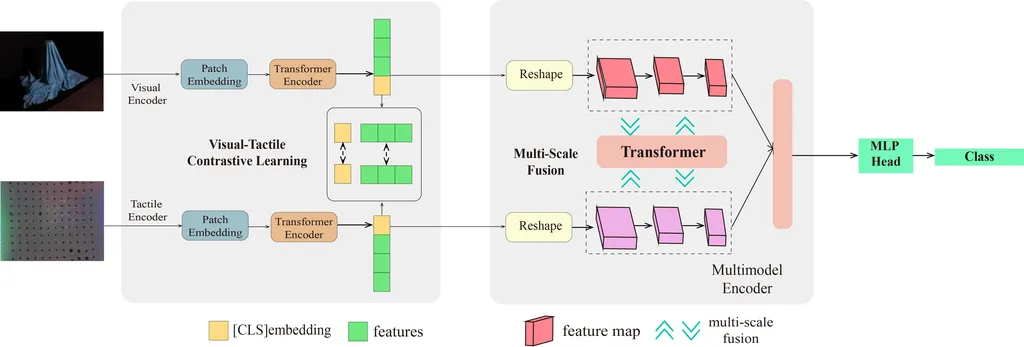In the rapidly evolving landscape of 5G infrastructure, the stability and efficiency of shared transmission towers are paramount. A groundbreaking study led by Weizhou Xu from the Economic Research Institute Grid Jiangsu Electric Power Co., Ltd., in Nanjing, China, has shed new light on how to enhance the structural integrity of these crucial components. Published in the esteemed journal *Frontiers in Building Mechanics*, the research delves into the finite element model analysis of bolt overlap for angle steel connections in 5G shared transmission towers, offering insights that could revolutionize the energy sector.
The study focuses on the overlap strength of angle steel connection bolts, a critical factor that influences the failure mode of nodes and, consequently, the bearing capacity of components in 5G shared transmission towers. Xu and his team constructed a detailed finite element model to simulate various common bolt lap strengths, providing a comprehensive analysis of their impact on structural performance.
One of the most significant findings was the substantial improvement in bolt lap strength achieved through optimized angle steel connections. “The average result reached 7900N, much higher than the traditional 2000N,” Xu explained, highlighting an impressive improvement of 5800N. This enhancement not only boosts the material’s bearing capacity but also ensures greater structural stability and safety, which are essential for the operational efficiency and longevity of 5G transmission towers.
The research also explored the effects of increasing lap strength on the torsional bearing capacity of angle steel connections. Interestingly, it was found that increasing the lap strength from 100 MPa to 500 MPa did not significantly enhance torsional bearing capacity. However, within the range of 500-800 MPa, the torsional bearing capacity gradually increased, indicating a threshold effect that could guide future design standards.
For various working conditions, such as Y-direction working conditions and peak wind load working conditions, the optimized bolt overlap of angle steel connections demonstrated exceptional performance. The stress-strain ratio values at all positions were greater than 2.4 GPa, and the maximum displacement of bolt overlap was recorded at 8.67 mm. These findings underscore the robustness of the optimized connections, which are crucial for withstanding the diverse and often extreme conditions that 5G transmission towers encounter.
As tower height increases above 180 meters, the bearing capacities, including material strength and tower joint strength, fall within the range of 17.87-19.98 MPa. The maximum lap strength of the bolt occurs at the central axis, approximately 2.5 MPa. These insights are invaluable for engineers and architects designing taller and more efficient transmission towers, ensuring they meet the stringent requirements of the energy sector.
The implications of this research are far-reaching. By optimizing bolt overlap in angle steel connections, the energy sector can achieve more reliable and durable 5G shared transmission towers. This not only enhances the operational efficiency and service life of these structures but also reduces maintenance costs and downtime, ultimately benefiting both service providers and end-users.
As the demand for 5G infrastructure continues to grow, the findings from Xu’s study provide a solid foundation for future developments in the field. Engineers and researchers can leverage these insights to design and construct transmission towers that are not only stronger and more stable but also more cost-effective and efficient. The study’s publication in *Frontiers in Building Mechanics* further underscores its significance and potential impact on the industry.
In the words of Weizhou Xu, “This research has practical significance for the design and construction of 5G shared transmission towers, helping to improve their operational efficiency and service life.” As the energy sector continues to evolve, such advancements will be crucial in meeting the growing demands of a connected world.

